My classic Polaroid SX70 instant camera still rocks but today's film lets it down
Can one of the best-looking cameras ever make decent photos in 2023?
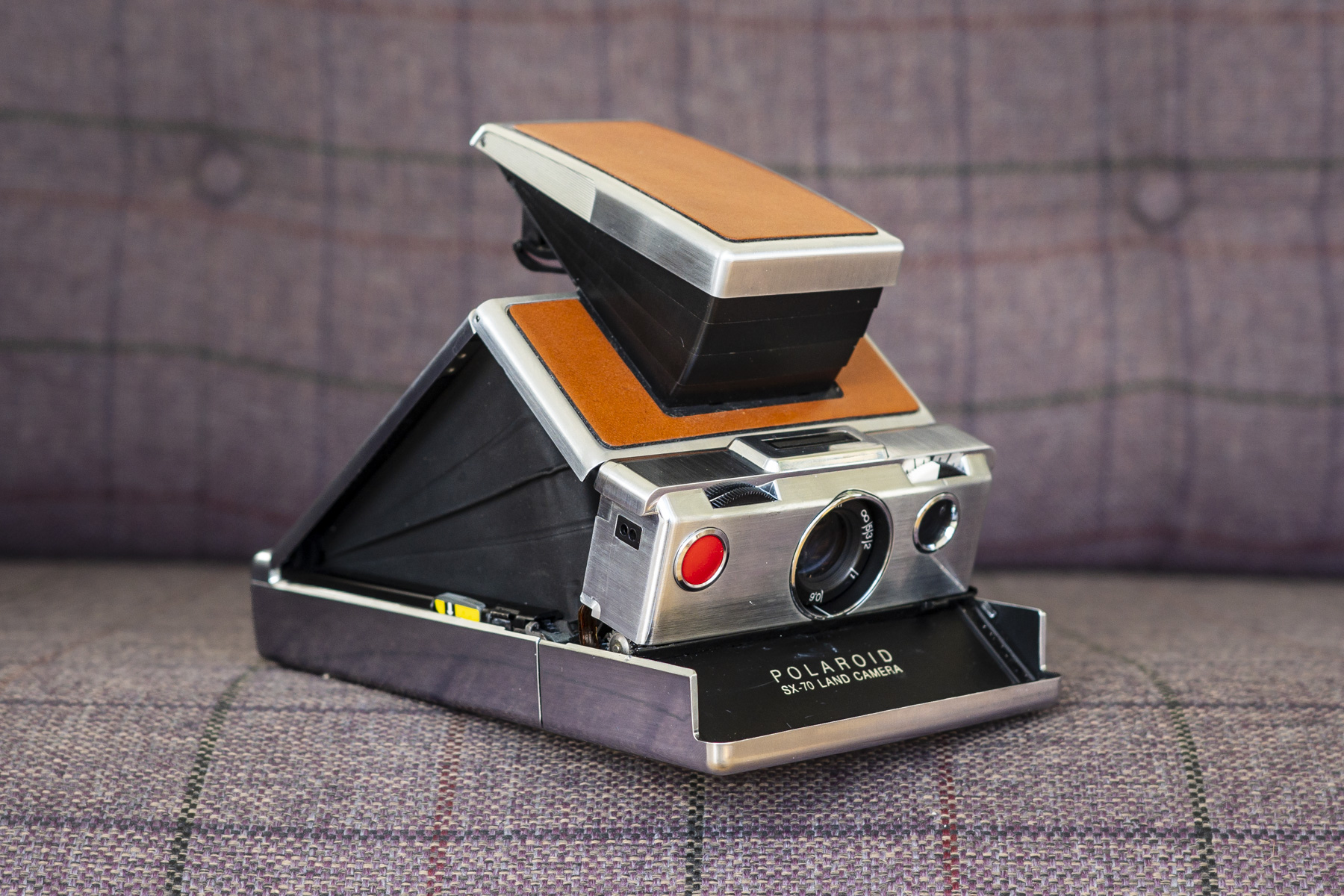
The one camera that brings me unadulterated joy – and I don't even need to make any pictures with it – is my Polaroid SX70 instant camera.
I mean, just look at its smooth metal trim and gorgeous brown leather finish. It folds away like a hip flask and doesn't half feel and smell good, too.
I still get the same warm feels every time I open it out into its shooting position. There's a technique – pull the eyepiece end of the viewfinder up while bracing its front side down and then pull into position. Click, whoosh, snap. Senses ignited; sight, smell and sound.
Like any good bar, it's best when open – sharp exaggerated angles, like a classic car. Proper parts, proper kit. They don't make 'em like they used to.
My own SX70 was tarnished by another with rough hands and little clue how to open it, brutally yanking the viewfinder out. When folded away, mine still has the loose wobble to show for it. I’m not bitter, honestly.
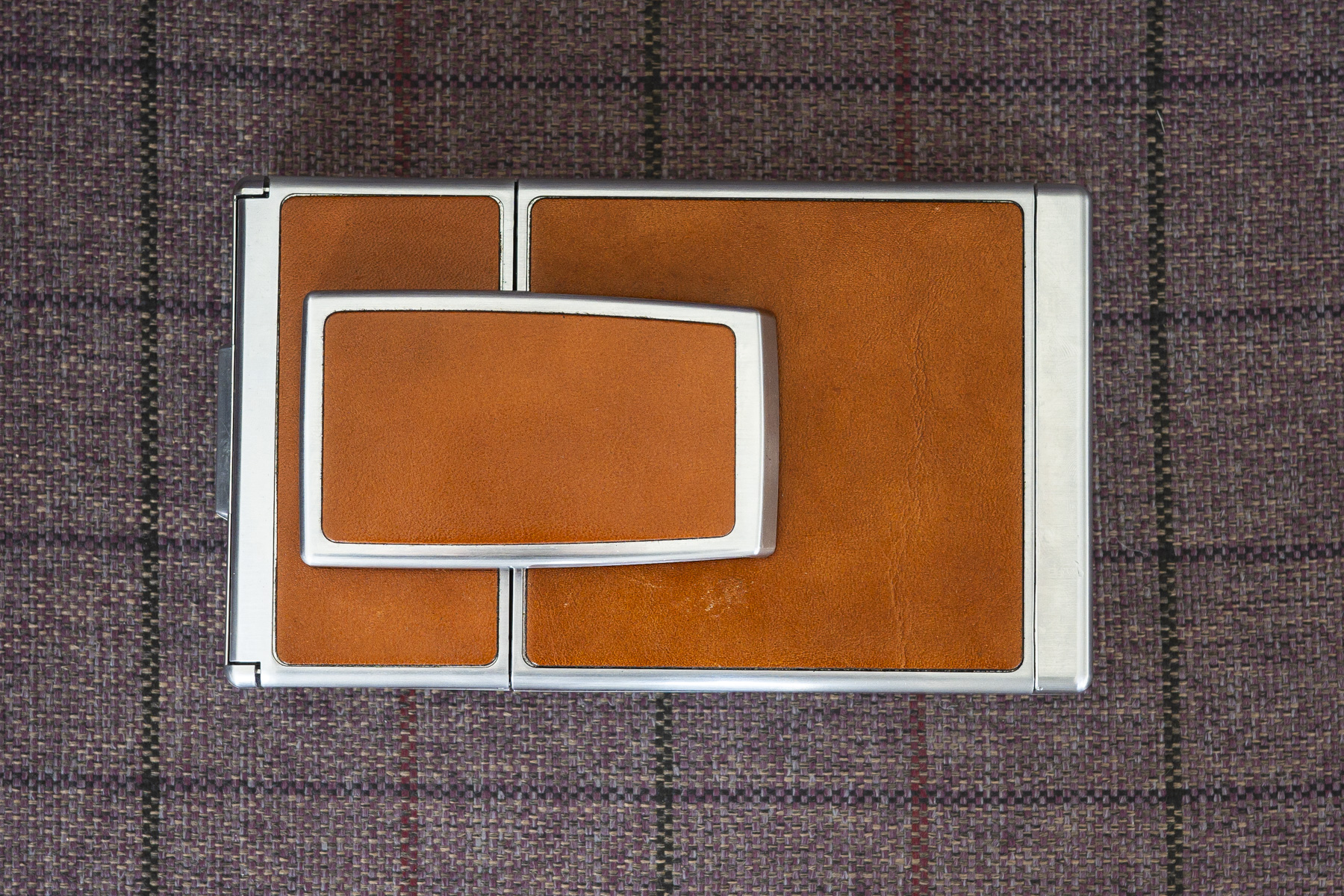
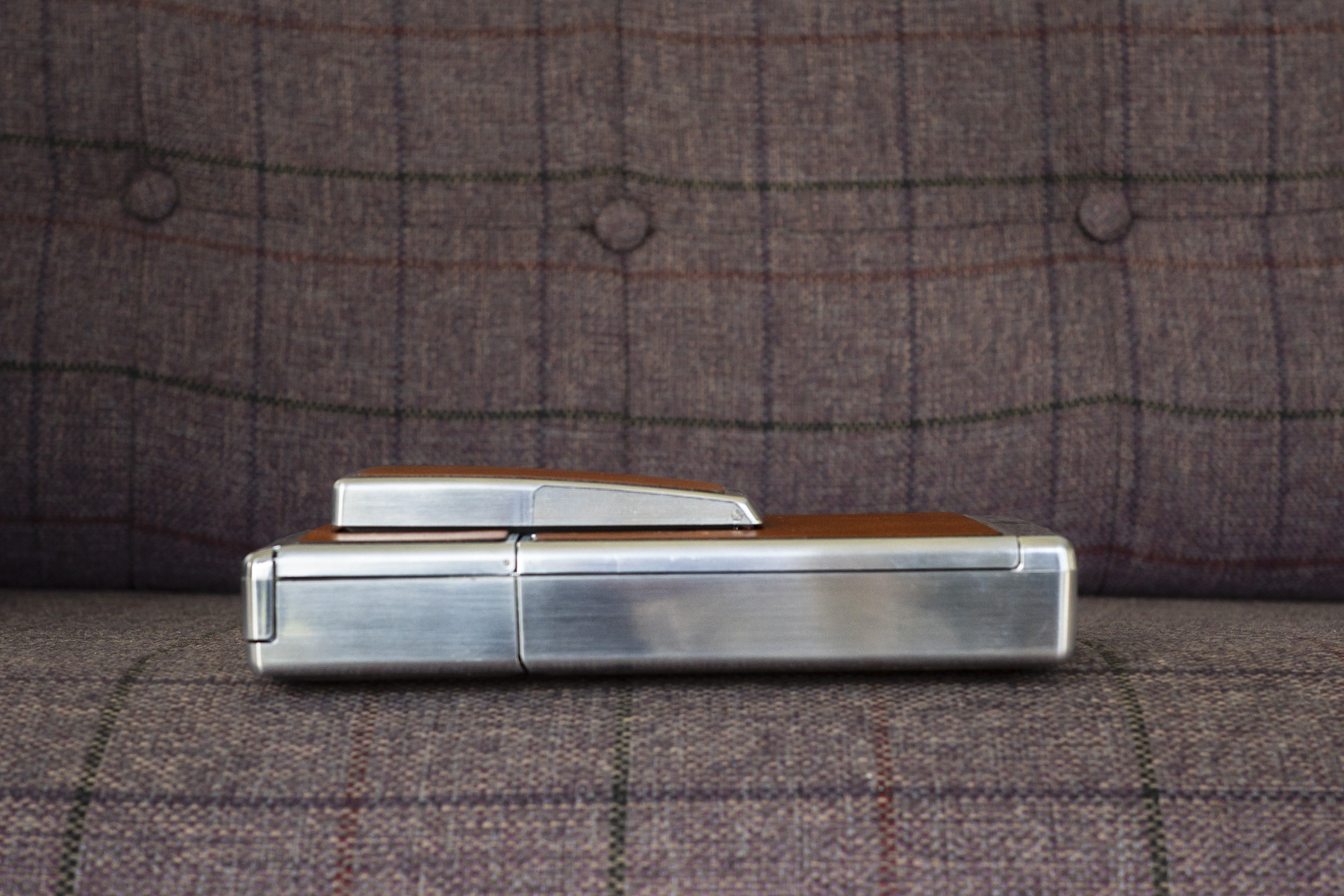
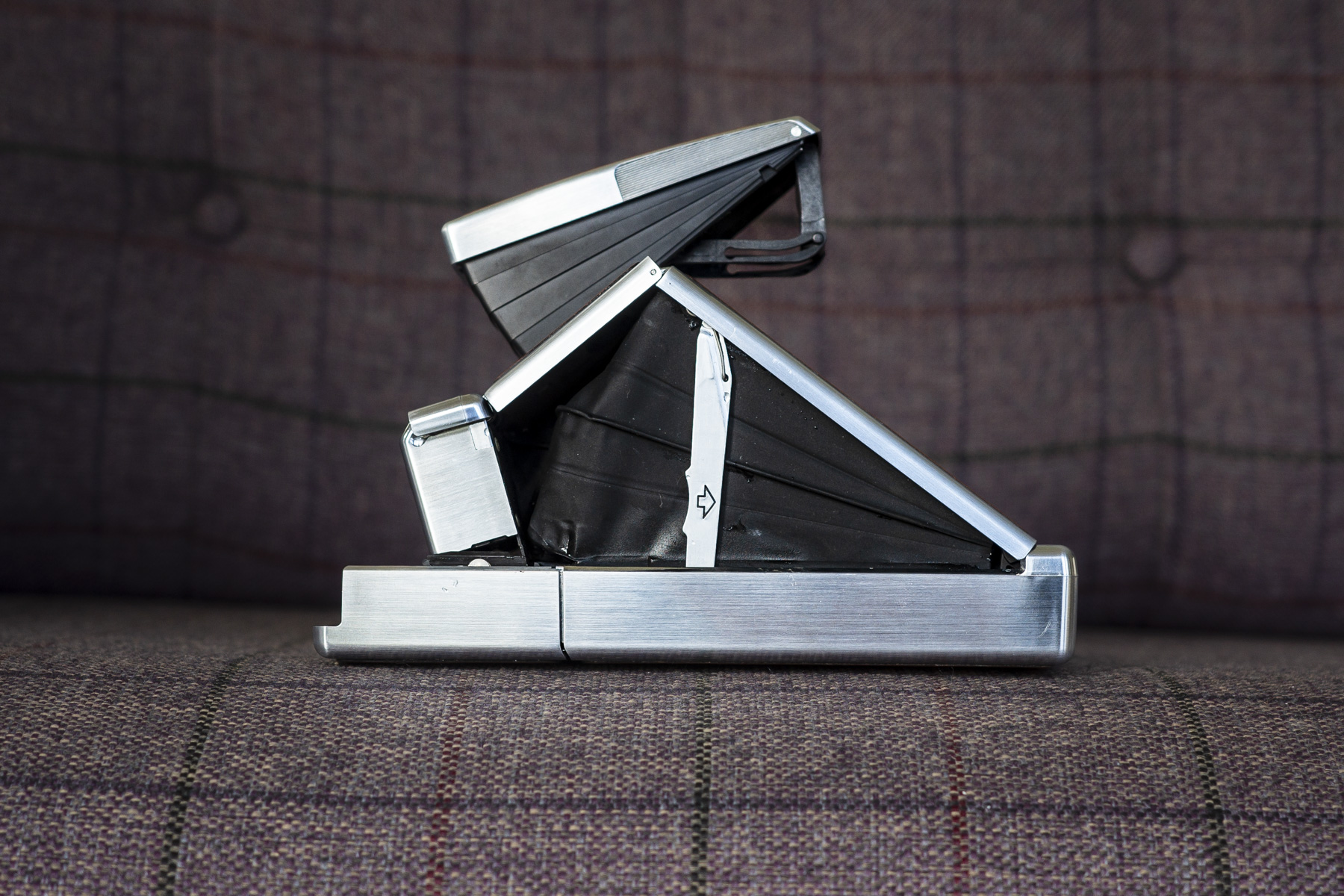
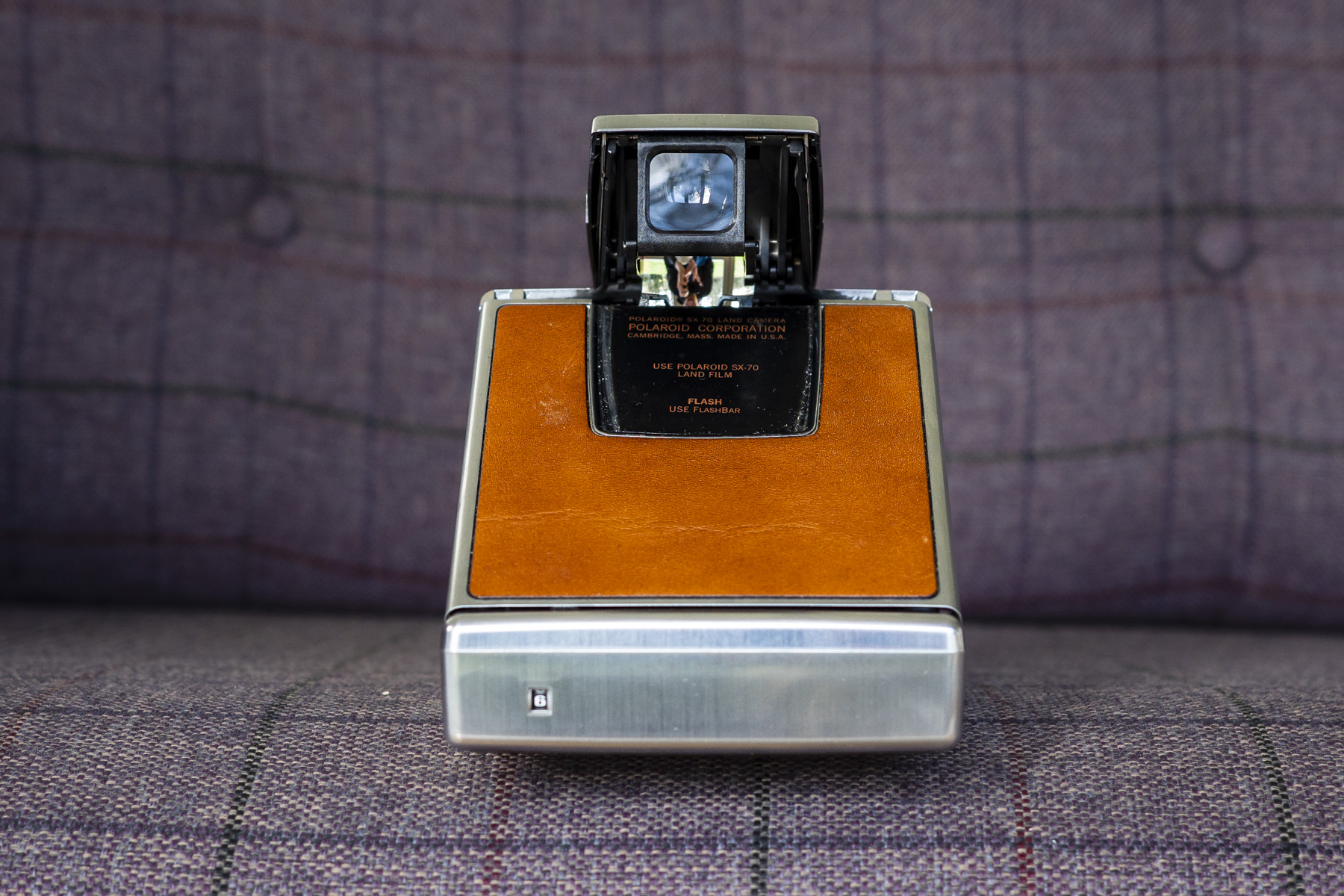

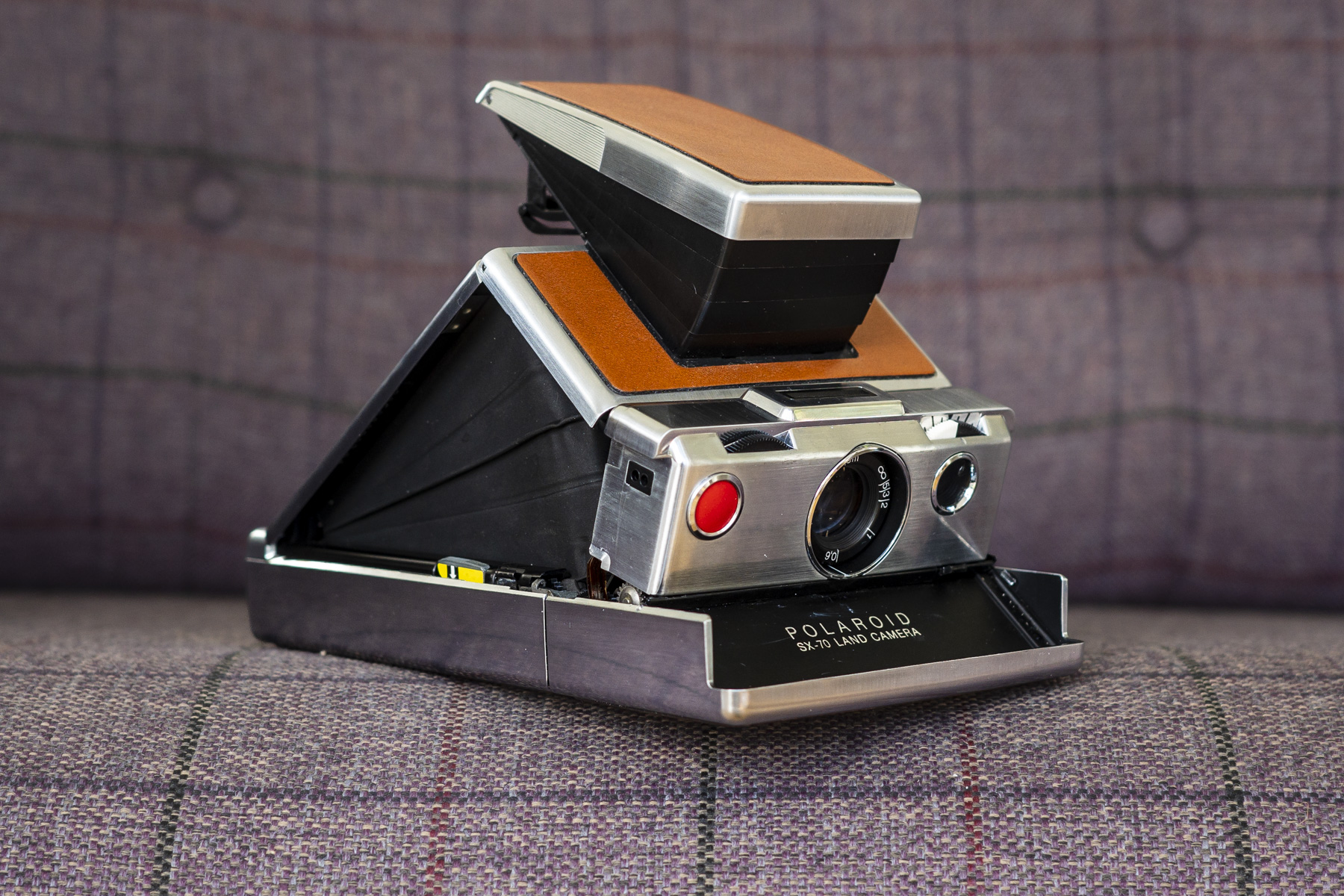
It was 2001 when I bought mine. A fellow photography student, from Taiwan, had one of his own, in black. He was a top-of-the-class student, and a lover of cameras (and cats) to boot. By contrast, I was new to photography, starting to get a feel for the array of medium format and large format cameras at our disposal in the university's photo studio stock room.
Yet as I first laid eyes on his SX70 – the first single lens reflex instant camera that, being launched in 1972, recently had its 50th anniversary – I was mesmerized. He told me his was only £65 off eBay. You can guess what I did that night. True to his word, I found one for the same price, but with a brown leather finish that I preferred anyway. An optional flash was included, too, albeit mine came with a less-fancy camera case.
Get daily insight, inspiration and deals in your inbox
Sign up for breaking news, reviews, opinion, top tech deals, and more.
Buy now. Payment made. Purchase a few packs of film. Cue agonizing wait for it to arrive in the post.
In those early days, my SX70 didn’t disappoint. I got a bunch of lovely instant photos with it that first year of university, mainly of my friends, whenever I could afford to buy film packs. It was such a great camera to use; a rangefinder-style display where you line up the central circle with your subject for accurate manual focusing, plus auto exposure. And yeah it got admiring looks, too.
A brutish clunk and whirr, and out pops a perfectly sized square format print, revealing its dreamy vintage style over the course of 10-15 minutes. Such a slow, measured and satisfying experience. And as for instant photography, pretty good quality prints.
But if you know anything about Polaroid, you'll know that something disastrous happened that same year I bought an SX70. The company went bankrupt.
Shelf time
After Polaroid declared bankruptcy, the price of SX70 film packs shot through the roof and were all snapped up within months. Those halcyon days were few, and my SX70 took up residency on a bookshelf along with a growing collection of photography books.
Many years later in 2008, a start up from the Netherlands called the Impossible Project bought Polaroid’s production machinery for a mere $3.1 million, and started making its own film for the camera.
When working at Amateur Photographer magazine in 2010, I got the opportunity to try out a few packs of the new Monochrome film in its infancy. Sadly it proved wildly unpredictable and, sorry to say it, essentially a waste of money. I would tinker with the camera settings and use a whole pack of film just to get one half-usable picture.
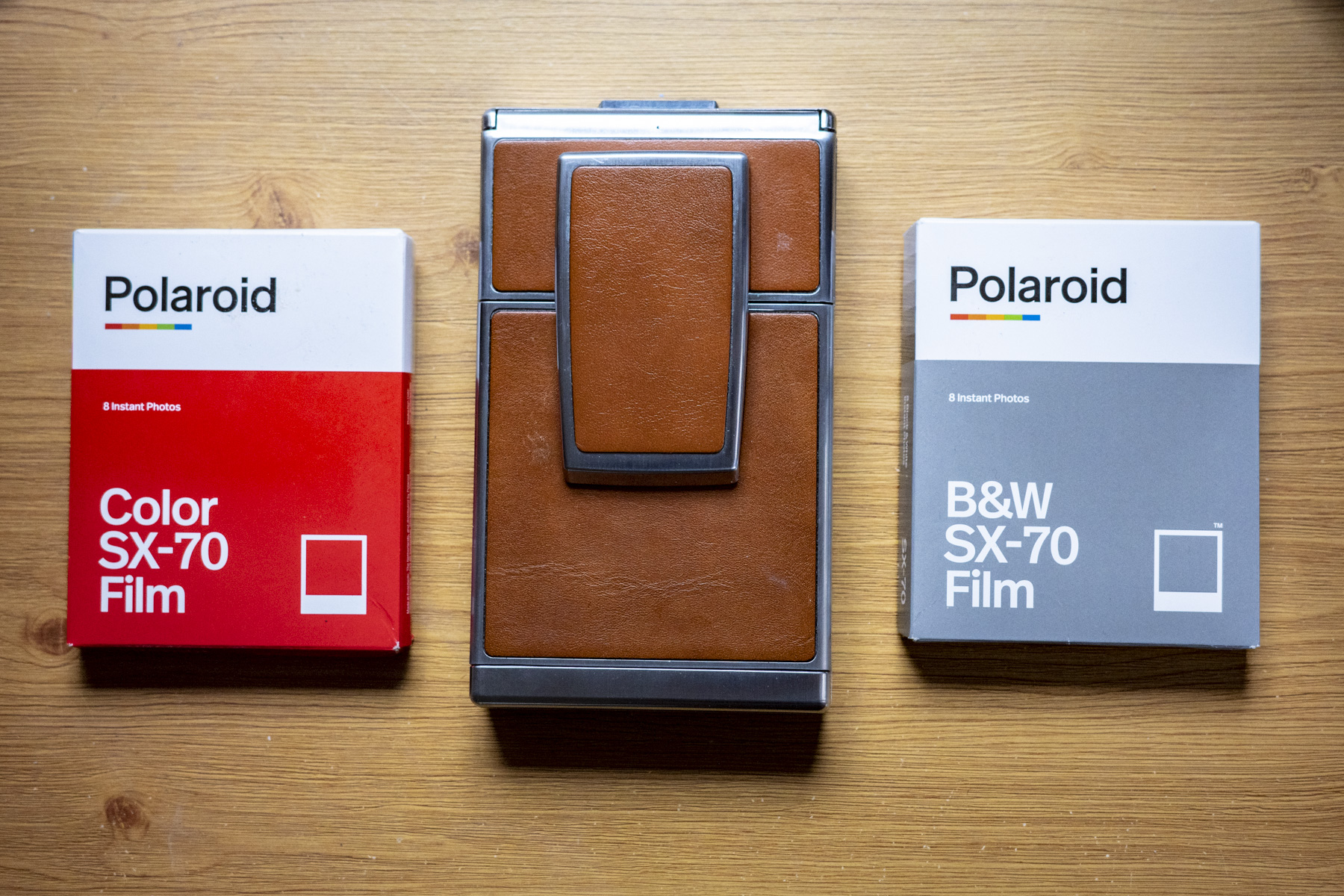
But that was almost 15 years ago. Since then, after several changes of hand, Polaroid landed secure investment in 2017, and its intellectual property and brand was acquired. The Impossible Project was renamed Polaroid Originals, then in 2020 it reverted back to the original Polaroid name which is where we are now in 2023.
After years of the film being made properly again, and a reliable source of it via the Polaroid shop, surely it must have been improved and more reliable?
I recently acquired a few packs of SX70 film – each pack contains 8 sheets and costs $26 / £19 / AU$35 (approx), though you get a small discount when buying multiple packs – reacquainted myself with my SX70 camera, and did what you really should do with a camera; stopped admiring it and put it to use.
Dusting off my SX70
Since I last properly used my SX70, I’ve worked in camera journalism and been spoiled by some of the best cameras available to photographers. Yet the SX70 still charms. I don’t think it’s possible to tire of its elegant looks, finessed controls and brutish mechanics. Forget today’s silent electronic shutters, give me that clunk and whirr any day!
Rangefinder-style displays, too. Lining up that central manual focus circle is slow, precise and satisfying. You don’t get a digital display showing you what to expect, plus you have to wait a whopping 10-15 minutes for the instant photo to develop fully before your eyes.
It’s a whole other way of working compared to today’s high-performance mirrorless cameras, and often impractical especially when working in natural light. For example, that 10-15 minute wait for a fully developed print might only reveal an under or overexposed print, by which point the light could have totally changed making tweaks to the exposure control to get the shot right a second time around, unreliable once more.
When you consider the cost of a pack of film (above) equates to around $3 / £2 / AU$4.50 per print, you hardly want to fire off three of the same picture with incremental shifts in brightness values just in case.

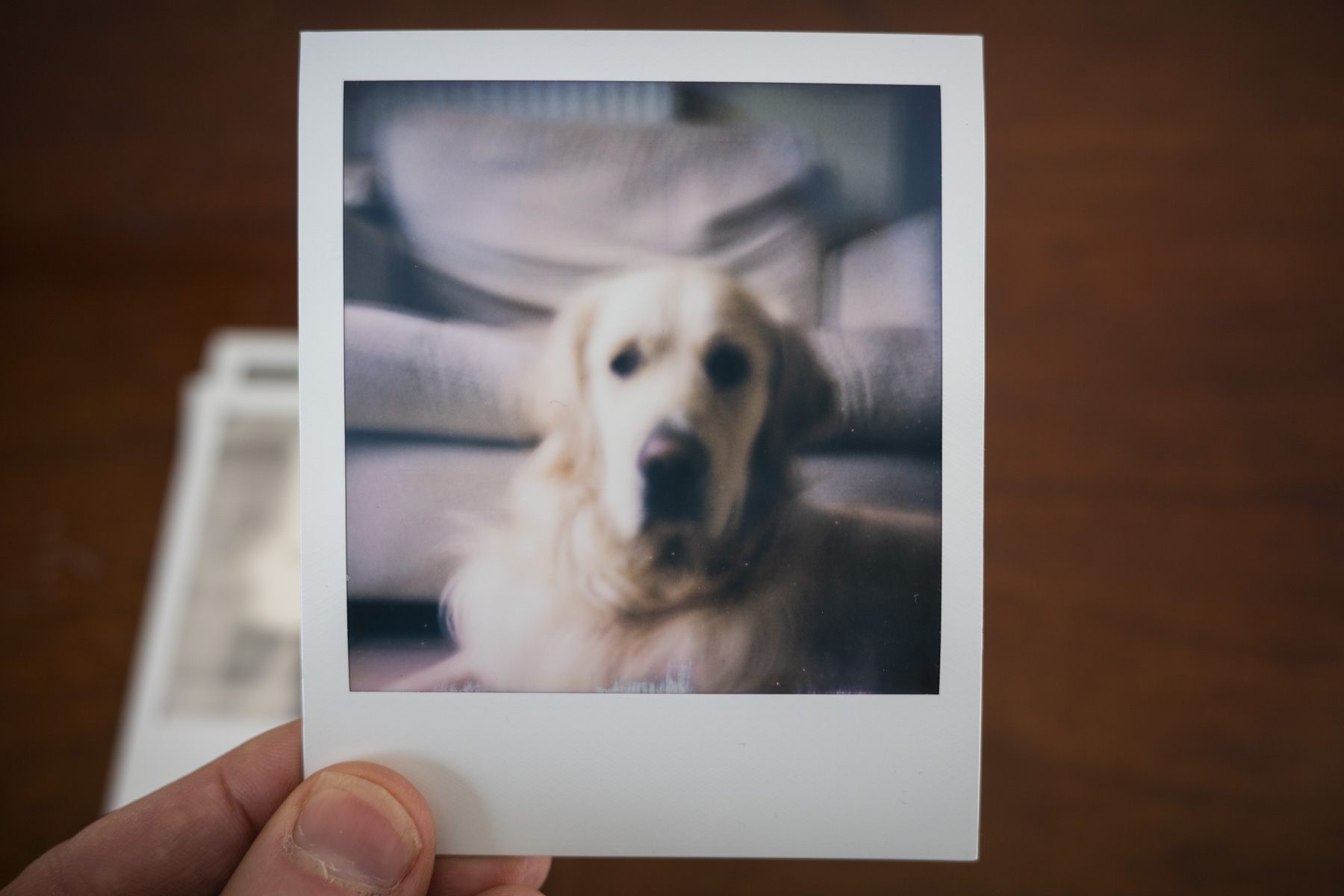
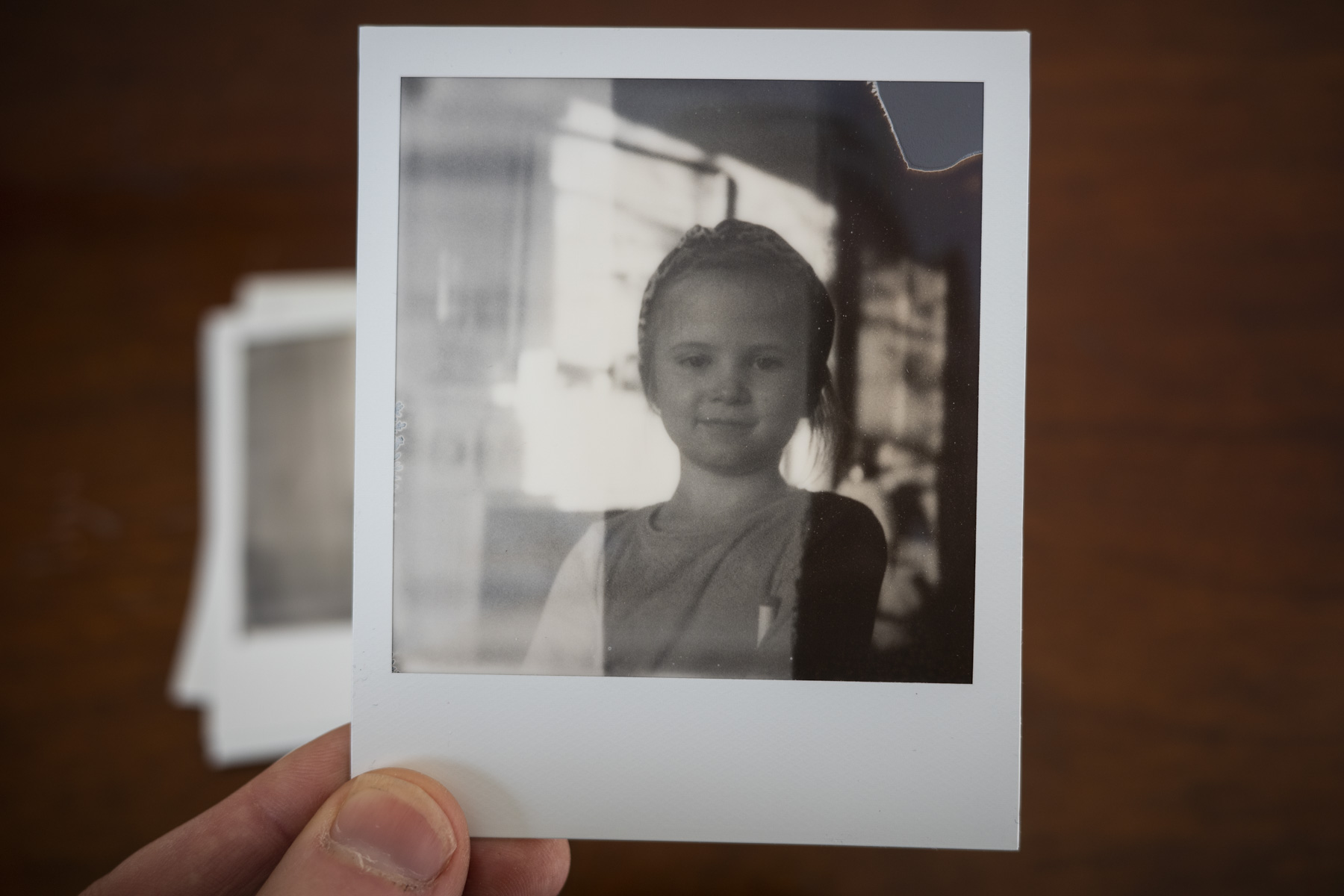
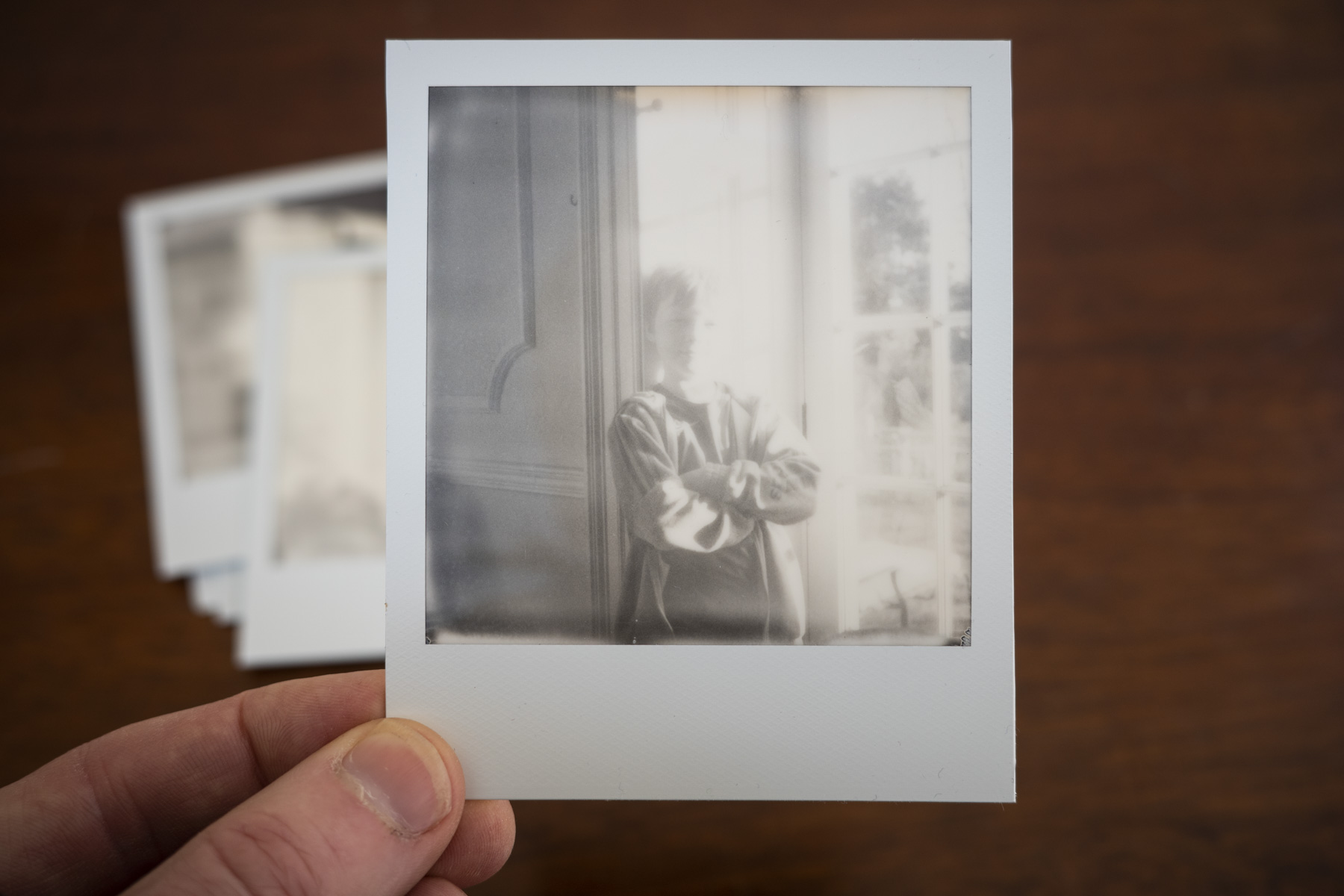
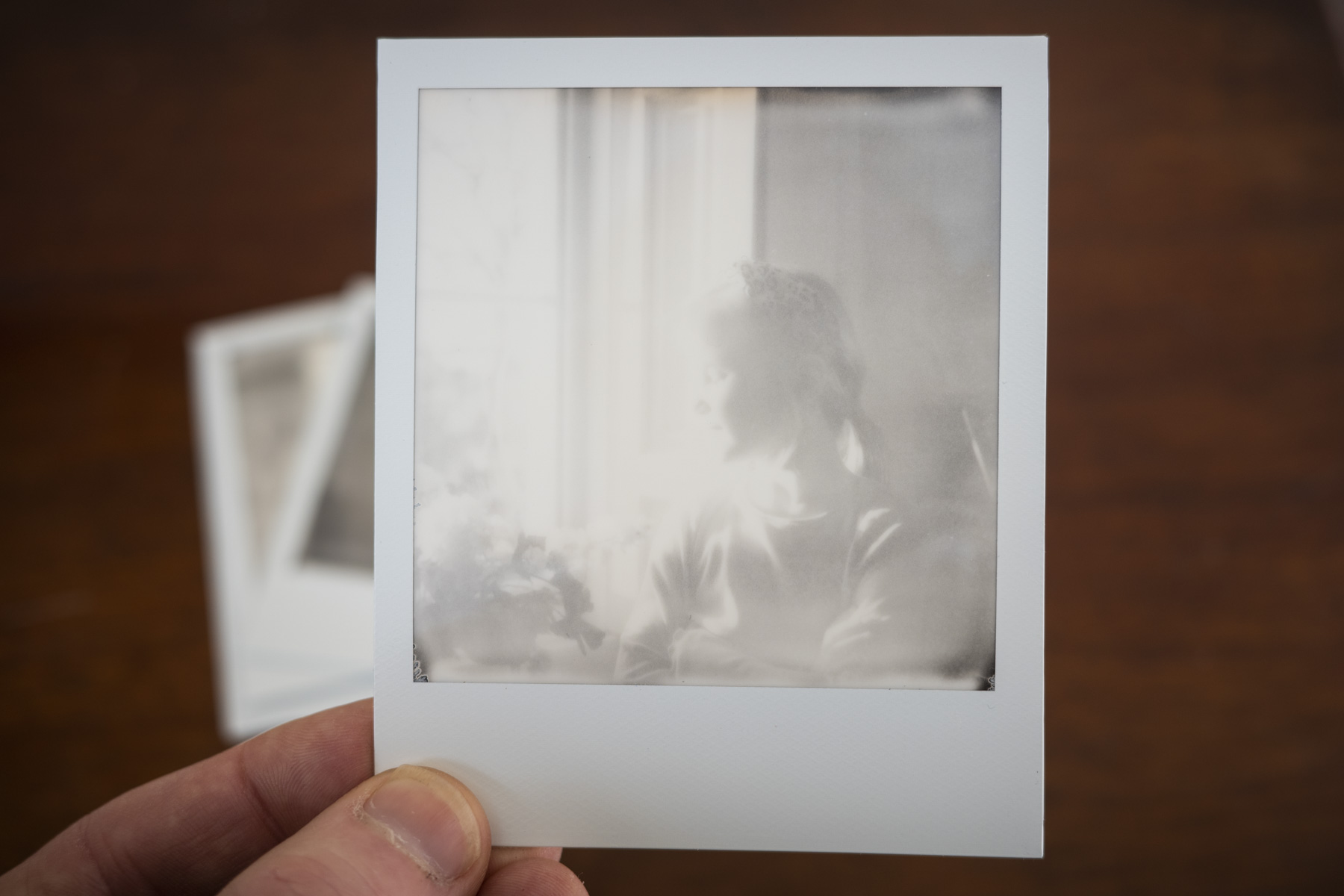
And what of the quality of prints? Like I say, I love the size of prints, and the dreamy quality is just as I remembered from those early days. However, I was still getting inconsistent brightness values, more so with the monochrome film (that is prone to bad batches) than color. Not as bad as those early Impossible Project days, but not quite as reliable as I remembered in the very first days pre Polaroid bankruptcy. It could be an auto exposure fault with my camera, but it is my experience.
Film needs to be stored in cool temperatures or else it spoils, and I fully recommend buying film directly from Polaroid – who stores it correctly – in favor of e-commerce companies more likely to store the film in hot warehouses.
By coincidence, I had another instant camera for review at the same time as dusting off my SX70, the Fujifilm Instax Mini 12. Its prints are half the size, but it is overall more reliable for getting accurate exposure than my SX70, with a built-in always-on flash.
Two very different instant cameras with different paper and ink types, and the SX70 packs more soul, but if I actually wanted instant prints, then perhaps the Mini 12 would get more use out of the two.
I don’t think I would rush out to buy loads of SX70 film just yet. In fact, and I say this tinged with melancholy, it is destined to slot back into its dust-free profile on the same shelf it has occupied for years. Still, at least there it will continue to get admiring looks and the occasional “What’s that?” from my children, friends and guests, and I can tell the story once more.

Tim is the Cameras editor at TechRadar. He has enjoyed more than 15 years in the photo video industry with most of those in the world of tech journalism. During his time as Deputy Technical Editor with Amateur Photographer, as a freelancer and consequently editor at Tech Radar, Tim has developed a deeply technical knowledge and practical experience with cameras, educating others through news, reviews and features. He’s also worked in video production for Studio 44 with clients including Canon, and volunteers his spare time to consult a non-profit, diverse stories team based in Nairobi. Tim is curious, a keen creative, avid footballer and runner, and moderate flat white drinker who has lived in Kenya and believes we have much to enjoy and learn from each other.